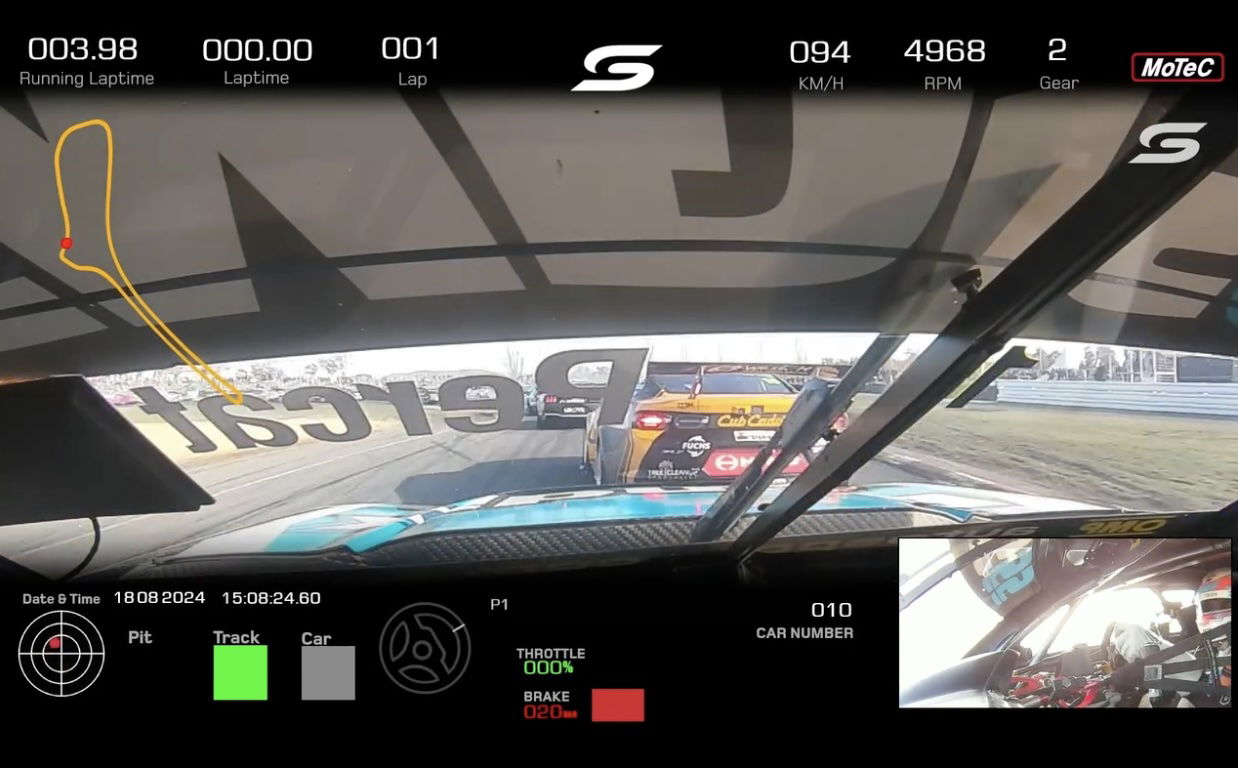

The My Supercars+ service on the app, available to fans for just $36 per year, allows users to ride onboard with any car in the field, complete with on-screen telemetry data.
It works by taking a feed from the VBOX video camera and telemetry system already in the cars for judicial purposes and transmitting it out via a modem device called a Teradek.
An initiative of Supercars’ IT and digital departments aimed at improving the fan experience, it quickly caught the attention of drivers and teams ever-hungry for an advantage.
While not all will admit to it, many are dedicating resources to screen-recording the feeds and studying the output, often between sessions at the track.
“There’s two sides to it,” explains Brad Jones Racing engineer Phil Keed of what teams can take out of the app feed.
“Half of it is the drivers are able to watch the onboard videos like they would their teammates [to compare driving techniques and car behaviour], but you can expand that to the whole field.
“From the other side, and it’s called optical character recognition, you can grab the data that’s been broadcast as part of the video. That data is of some use. It’s on time base, so you can play around with it.
“If you’re a team like us for example, where we haven’t got somebody there at the front of the field every weekend, then you can see how fast somebody is going or where their strengths are.
“I’d say sometimes you wouldn’t look at it at all and sometimes it’s really useful to be able to see.”
Teams studying their rivals is nothing new in Supercars. The broadcast has long carried onboards with telemetry attached and some teams are known to have scraped that in the past for overlay comparison with their own cars.
But having access to every lap from every car in every session is a paradigm shift.
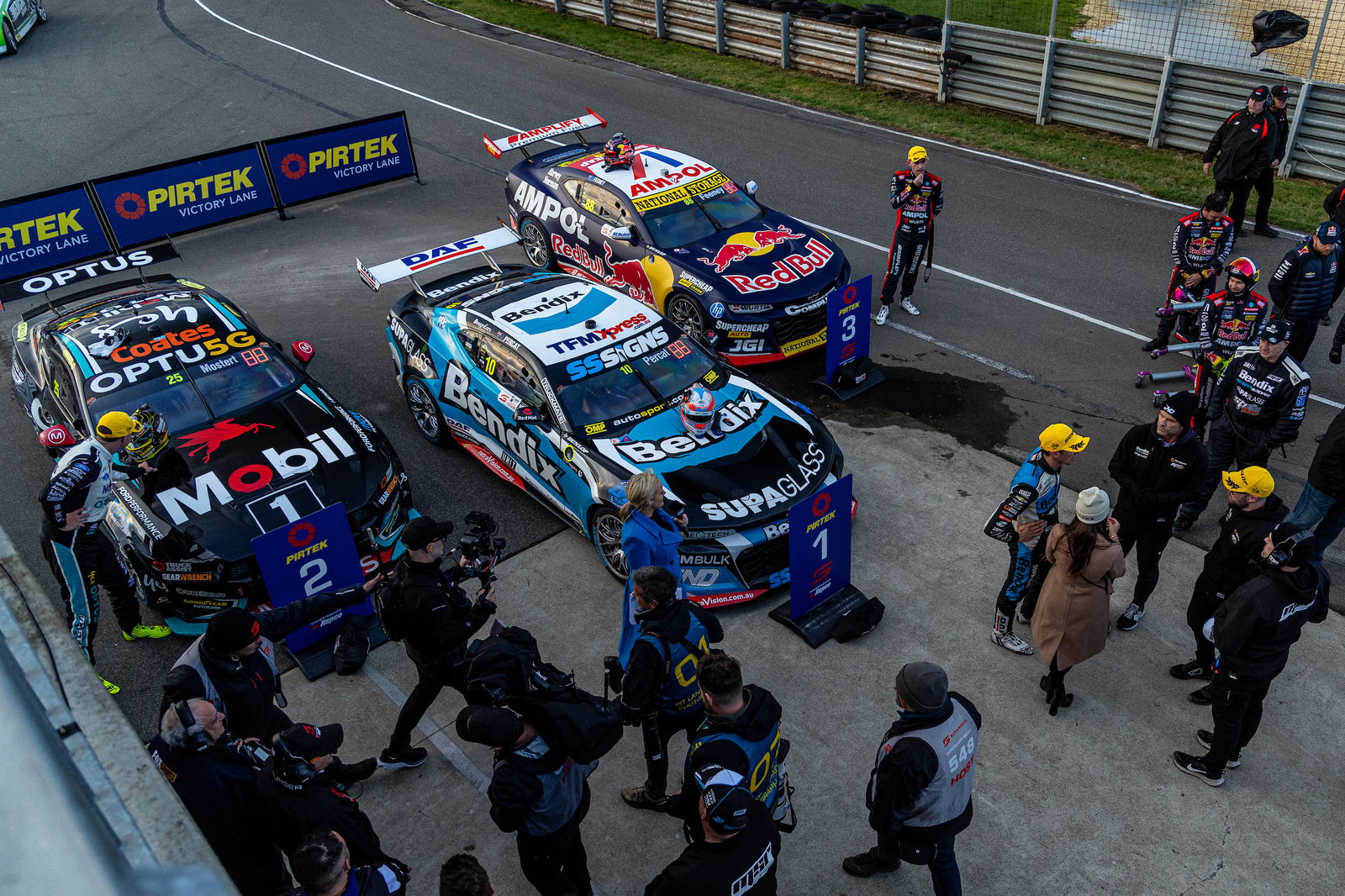
In addition to driving technique and car behaviour traits on the video, information that can be extracted from running the app feeds through dedicated software include the speed trace, throttle and brake percentages, steering wheel angle and g-force.
The data scraping epidemic was the subject of heated debate among the teams’ representative body, the Supercars Commission, earlier this season, but it was only thrust into the public spotlight at the recent Tasmania SuperSprint.
When Triple Eight’s VBOX camera feeds were not working throughout Saturday, suspicions were raised that the team had acted deliberately to hide their onboards from prying eyes.
A stewards hearing concluded the streaming blackout to be the result of a software mismatch, with no proof that it had been intentional. The team’s explanation was met with plenty of cynicism among rivals.
In a further twist, the specific wording of regulations hastily added mid-season stating that the streams had to be working was such that the team escaped without a fine.
MORE: Triple Eight streaming saga – full stewards decision
NEWS: Mark Dutton says Supercars ‘chasing blood’ in streaming saga
The Triple Eight case was particularly hot because the team has been vocally against a proposal to end the need for data scraping by having Supercars directly distribute the data from every car to all teams.
Such a solution would be cheap and pain-free for Supercars to implement, given all the data from every car already feeds into its own telemetry system, and save teams the cost of going about the process the long way.
Triple Eight is a powerhouse squad with arguably the most to lose from data being shared, either on the app or openly by Supercars, and one that derives revenue from selling customer support packages.
The majority are convinced that Supercars openly sharing the basic data channels is the way to go.
“There’s too much energy being put into trying to create that [data], so they may as well just give it to us so you don’t have to get more data people and more engineers and all of that,” says Erebus CEO Barry Ryan.
“The more they give to us, the less people you need. There are some things we need to cut back on but some things we need to free up so we don’t go overcomplicating shit.”
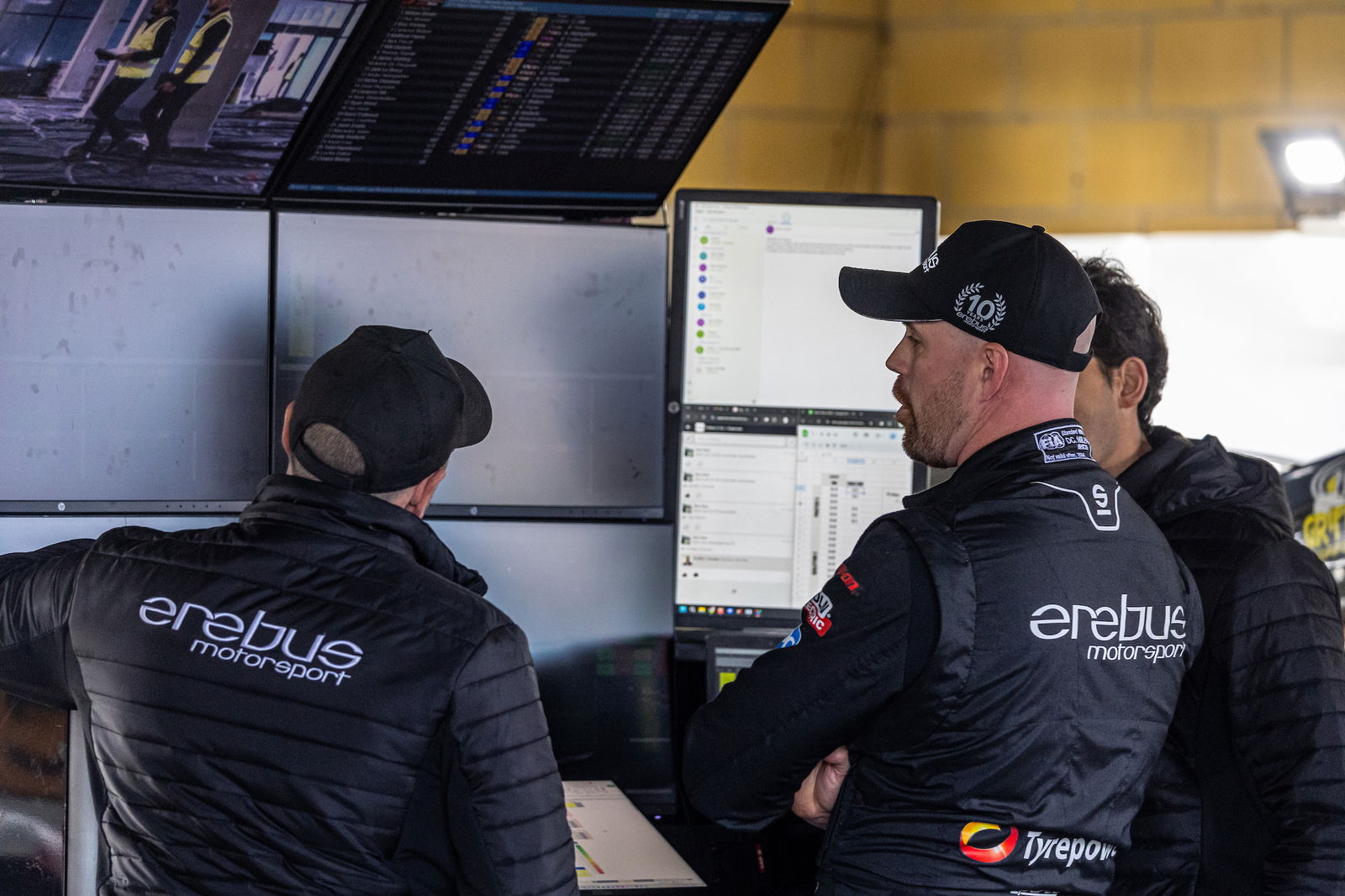
The intersection of digital content aimed at elevating the fan experience – be it through television broadcasts or a mobile app – and a race team’s desire to hunt information is of course not unique to Supercars.
Over a decade ago, NASCAR partnered with analytics company SMT Data to provide a telemetry-based broadcast product called RaceView. NASCAR eventually made the information available to teams directly to stop them spending big money trying to extract it.
It’s a fairly direct case study of the situation Supercars now finds itself in.
“I think data scraping is a real easy topic because Formula 1, NASCAR, they’ve all gone through this, and all Supercars needs to do is look at how they all dealt with it,” says Matt Stone on the latest Hard Card Podcast.
“Those premier categories that have had exactly this situation have basically decided that the easiest way to stop every team going out there and spending an endless amount of money to scrape the data is just to share it.
“Otherwise they’ve got to dial back what they’re sharing. Remove the data element from the video stream to make scraping a lot harder and that keeps the integrity of the data within each team and their arrangements.”
While removing the telemetry from the public feed completely appears unlikely given Supercars already has the app in-market, lowering the sampling rate – and therefore the usefulness of the data – is a more plausible option.
Walkinshaw Andretti United team principal Carl Faux says he’d support the introduction of a shared data feed in Supercars, albeit ideally in a reduced form.
“If we look at other categories around the world, where you’ve got driver inputs like the steering, the brakes, maybe not brake pressure, but ‘on brakes’, throttle application, even if it’s segmented into 10 percents rather than every little bit of what they do out there, and obviously speed with reduced frequency, I’ve got no issues about it,” he says.
“I think it brings us into the modern age of where championships are around the world.”
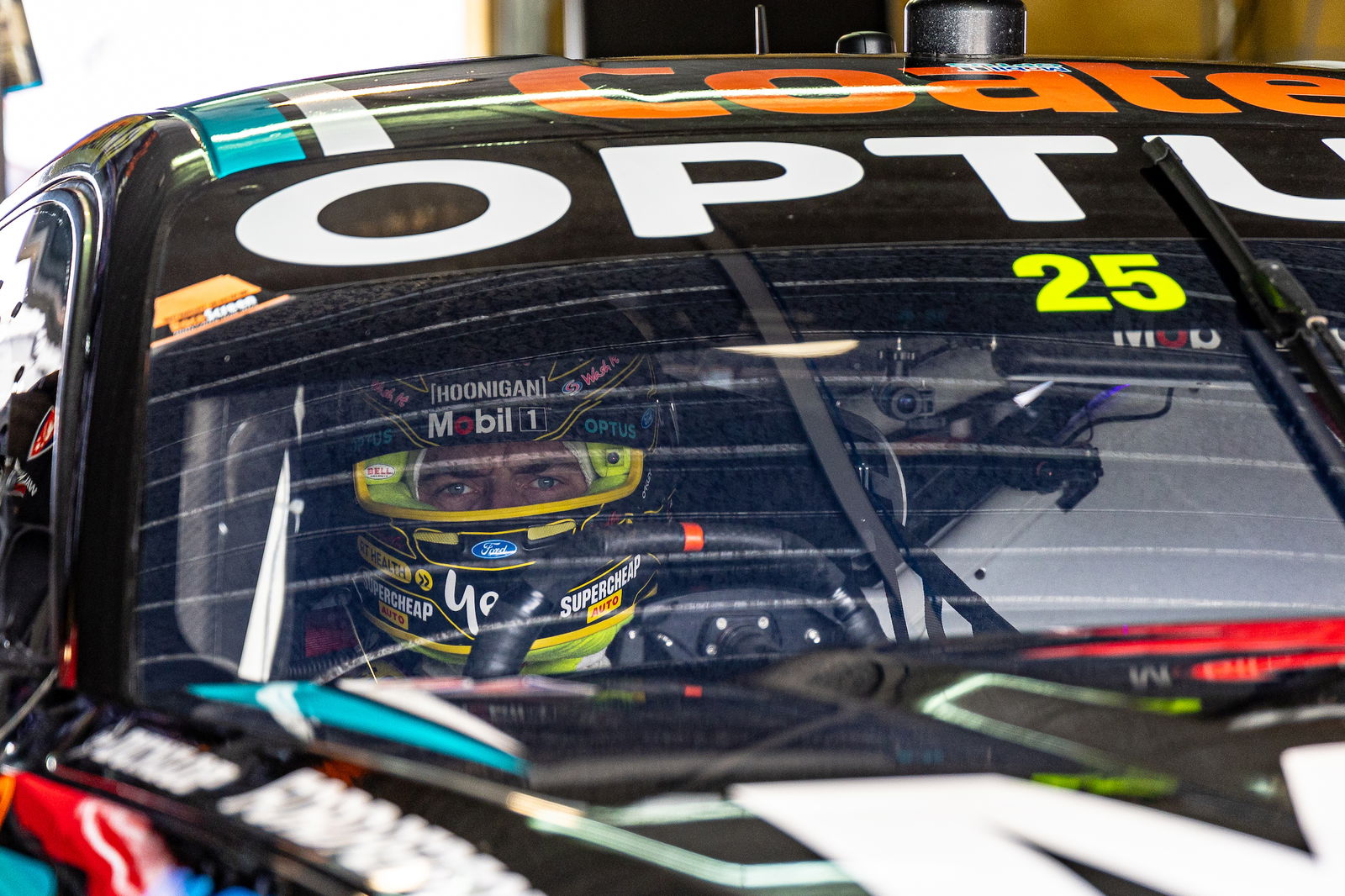
Regardless of whether teams record the onboard videos from the app and scrape the data themselves or are supplied it by Supercars, there are philosophical – and in the latter case potentially legal – arguments to be had.
Should drivers and teams be allowed to spy on and copy their rivals in such detail? Is the telemetry being streamed from the cars the Intellectual Property of the teams, or is it simply the product of their IP (being the setups that underpin the performance)?
While these are interlinked questions with disputed answers, the most important question for the fan is simple; what does increased data transparency do to the racing itself?
It’s a topic that’s increasingly being raised in NASCAR circles as the combination of a control car, much like Gen3, and the impact of the SMT Data system draws the pack closer and closer together.
“Everybody’s got the same car right now, the same everything, the same access to all the data,” said Kyle Busch’s crew chief, Randall Burnett, on a recent episode of the Dale Junior Download Podcast.
“If you go to the racetrack and you’re looking at somebody else’s car, you can tell where their car’s better within seconds.
“We always complain there’s no passing. Well, everybody’s doing the same thing and everybody has access to so much information that the difference between winning and a 20th-place car is so minute.”
Back in Supercars, Triple Eight is not alone in its resistance to open data. Grove Racing, led by ex-Triple Eight men David Cauchi and Grant McPherson, also vocally opposes the concept.
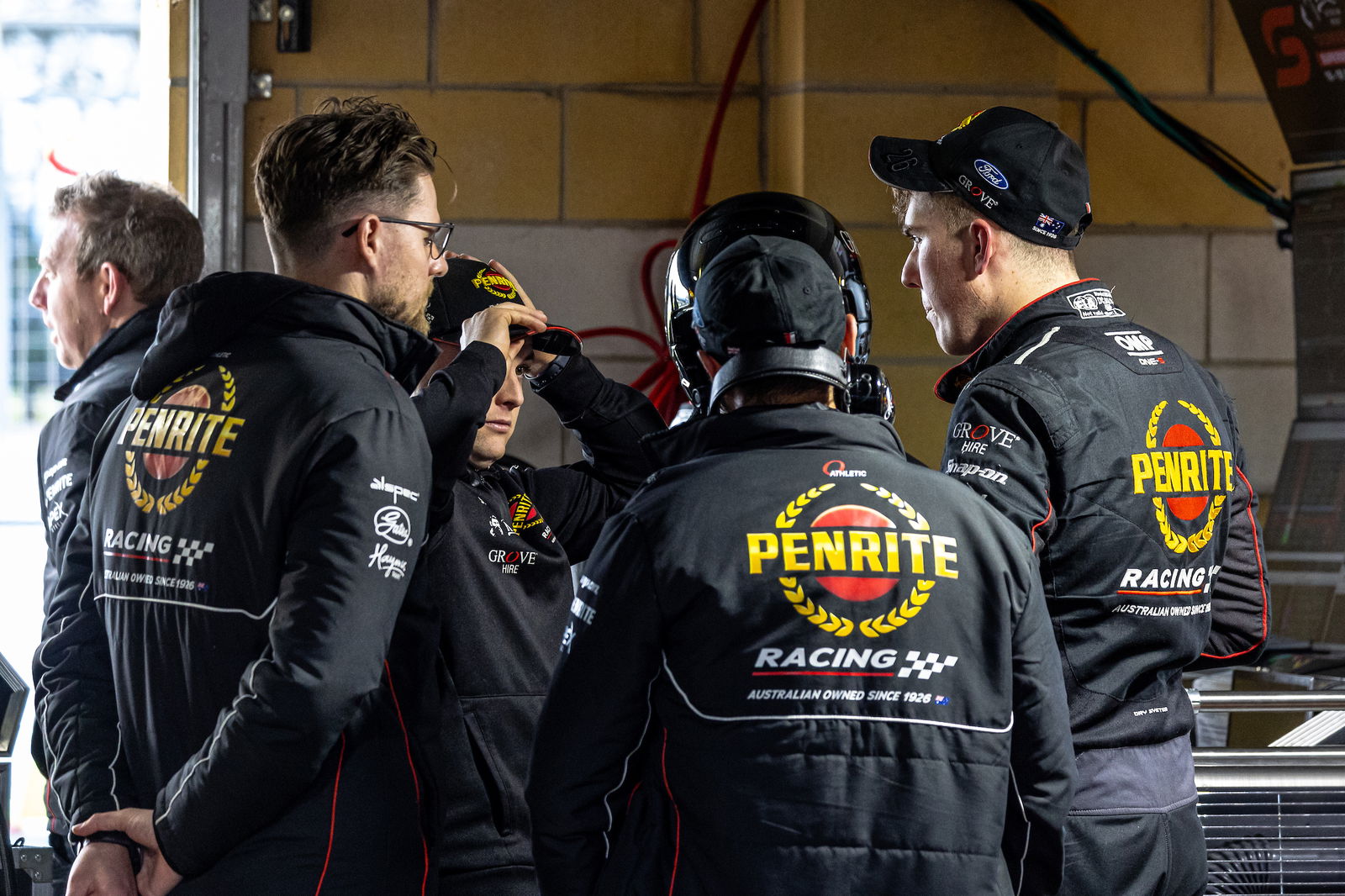
Team principal Cauchi goes a step further by stating that technical alliances – such as that between Triple Eight and its array of customers – should be banned altogether.
“I think teams should all be independent. They should do their own engineering,” Cauchi affirms.
“We don’t have that currently in the championship, lots of teams are selling their IP so you have these big groups and they’re all learning and benefitting from each other.
“We’re completely independent. We don’t share any data with any other team or get data from any other team. I think that’s how the category should be, especially as it’s a much more controlled car these days.
“But currently there’s no rules outlawing that and there’s no laws outlawing the scraping of the app if they choose to do it, so teams are doing it.”
Interestingly, Stone says his team’s Triple Eight customer relationship would be unaffected by any opening of the data floodgates, as such links are about more than just raw numbers.
Regardless, he feels the category cannot afford to remain at its current crossroads for long.
“I think Supercars needs to pick a direction,” he adds.
“A year ago when the video first came out, this topic was raised and obviously a decision is yet to be made on where they’re going to go, so hopefully soon we see a resolution before too many teams start shovelling a bunch of money to achieve it.”
Change is unlikely to take place before the end of the season, but the clock is ticking on setting the ground rules for 2025.
“You plan your season out with your staff and everybody, what the rules are, you can’t really change the rules halfway through,” concludes Barry Ryan.
“That was the last thing that came out of it. Let’s let it go with what we’ve got for the year, if we want to step it up and give every team everybody’s speed trace or something next year, start next year.”























Discussion about this post